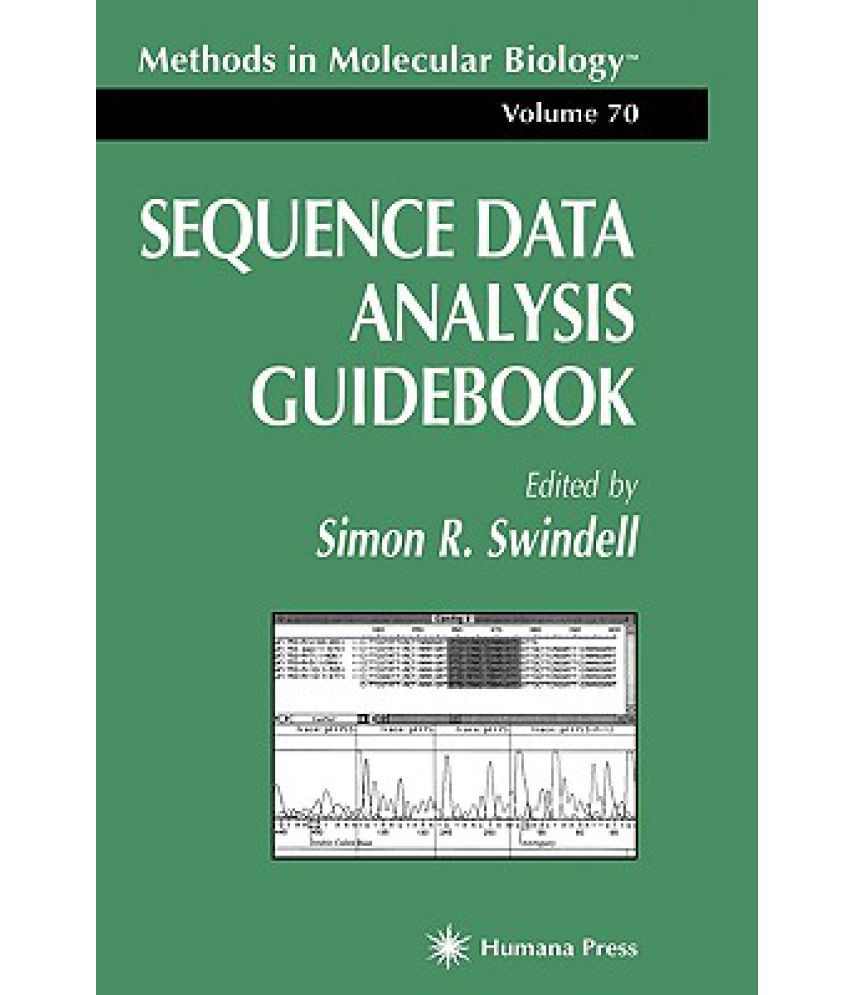Something went wrong. Please refresh the page and try again.
Something went wrong. Please refresh the page and try again.
Notifications can be turned off anytime from settings.
Item(s) Added To cart
Qty.
Something went wrong. Please refresh the page and try again.
Something went wrong. Please refresh the page and try again.
Exchange offer not applicable. New product price is lower than exchange product price
Please check the updated No Cost EMI details on the payment page
Exchange offer is not applicable with this product
Exchange Offer cannot be clubbed with Bajaj Finserv for this product
Product price & seller has been updated as per Bajaj Finserv EMI option
Please apply exchange offer again
Your item has been added to Shortlist.
View AllYour Item has been added to Shopping List
View AllSorry! Sequence Data Analysis Guidebook is sold out.


You will be notified when this product will be in stock
| ||||||||||||||
Learn More about the Book
Computers have revolutionized the analysis of sequencing data. It is unlikely that any sequencing projects have been performed in the last few years without the aid of computers. Recently their role has taken a further major step forward. Computers have become smaller and more powerful and the software has become simpler to use as it has grown in sophistication. This book reflects that change since the majority of packages described here are designed to be used on desktop computers. Computer software is now available that can run gels, collect data, and assess its accuracy. It can assemble, align, or compare multiple fragments, perform restriction analyses, identify coding regions and specific motifs, and even design the primers needed to extend the sequencing. Much of this soft ware may now be used on relatively inexpensive computers. It is now possible to progress from isolate d DNA to database submission without writing a single base down. To reflect this progression, the chapters in our Sequence Data Analysis Guidebook are arranged, not by software package, but by fimction. The early chapters deal with examining the data produced by modem automated sequenc ers, assessing its quality, and removing extraneous data. The following chap ters describe the process of aligning multiple sequences in order to assemble overlapping fragments into sequence contigs to compare similar sequences from different sources. Subsequent chapters describe procedures for compar ing the newly derived sequence to the massive amounts of information in the sequence databases.
The images represent actual product though color of the image and product may slightly differ.
Register now to get updates on promotions and
coupons. Or Download App